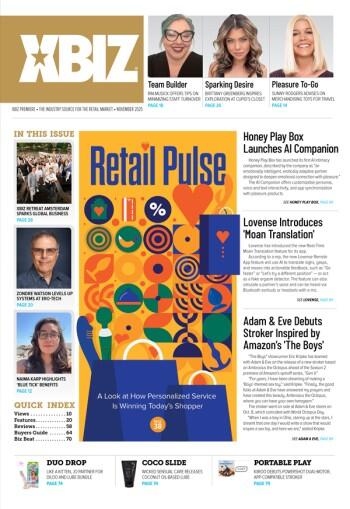While this level of information availability is beneficial, it comes at a substantial risk to the privacy of that data and the security of the system used to view it when the source of the device’s Internet access comes via an unsecured Wi-Fi connection. Indeed, this is a problem area for complacent home and office Wi-Fi users as well, when proper security precautions are not in place to bolster network security.
Although newer computer operating systems such as Windows 7 easily recognize and configure themselves to available Wi-Fi networks, these networks — especially in public settings such as coffee shops — tend to be openly accessible, in part due to the support burden of issuing and maintaining user accounts and passwords for a transient user base.
This opens up the possibility that other users on the same network — such as the nice fellow sitting across from you at the coffee shop, or in the next hotel room — are reading your emails and looking at your bank statements. Readily available software tools allow anyone to view the content being sent between wireless access devices and its connected users on unencrypted networks, making surfing as private as a conversation in a crowded restaurant — with your phone set to “Speaker.”
Consider the amount of competitive intelligence that is gleaned by savvy users while at industry gatherings — regardless of the industry — as conventioneers make use of that free Wi-Fi Internet access. Perhaps that is one reason why “the other guy” always seems to know your plans ahead of time…
For those looking to surf more safely, a number of simple solutions can dramatically improve the privacy of Internet communications. The first and most important thing users can do is to limit online access to secured, rather than open, Wi-Fi networks. This is not an issue of whether or not a fee is involved, as premium services are not always secure; but of having to use a username and password to gain network access at a level deeper than that required of payment gateways alone.
When a secure, encrypted network is not available, computer users must take other steps to ensure the greatest degree of privacy.
One major move in the right direction is the use of a secure webmail program rather than a standard email program like Outlook. You can tell if your webmail is secure by looking at the URL — it should start with https:// rather than simply https:// — and that includes the internal pages, where your email is displayed, read and sent, not just on the account’s login page. The new version of Google’s Gmail is a great example of a secure webmail client — unlike some well known competitors that only use secure login pages.
A virtual private network (VPN) is your best chance for data security at unencrypted hot spots and is available to many corporate users, allowing for a virtual tunnel between the user and the office network, which then passes along Internet requests. This is not always an option, however — but this does not mean that you cannot have the benefits of your own VPN, free of charge.
Hotspot Shield is a service of AnchorFree (www.anchorfree. com) which provides its users with “private, secure and anonymous” Internet access — even from your iPhone. Download the software to encrypt your surfing sessions using https://, without revealing your IP address — on wired and wireless connections alike — without bandwidth limits or ongoing service fees.
If your device is equipped with a firewall, ensure that it is activate to prevent access by unauthorized users. This will not prevent you from sending or receiving unencrypted data across an unsecure network, but it will minimize attacks from other network users — even when they are unaware that they are attacking you, such as when malware infected machines spread so-called botnets.
Be sure to verify that the network that you are connecting to is indeed the network you intend to connect to, using connection verification prompts if your system allows it. This is especially important in urban areas where many Wi-Fi networks may be available — including those run by criminals attempting to compromise unprotected systems.
Check your system’s settings to make sure that folder sharing access is set to private and disable file and printer sharing features to shore up these vulnerable points which are often left open for secure home or office networking — and left unlocked while traveling.
Finally, if you are deeply concerned about the security of your personal or business data and online communications, then the best bet is to remove as many sensitive files from your system as possible before accessing an unsecured network — and encrypt the files that you have remaining.
Properly setting up your Internet accessible devices and taking other proactive measures is fundamental to surfing security when Wi-Fi networks are involved. With the information presented here as a guide, using a hotspot will no longer be akin to publicly displaying your most sensitive information — and coupled with a VPN, plus updated antivirus and firewall software — should allow you to enjoy worry-free surfing.






